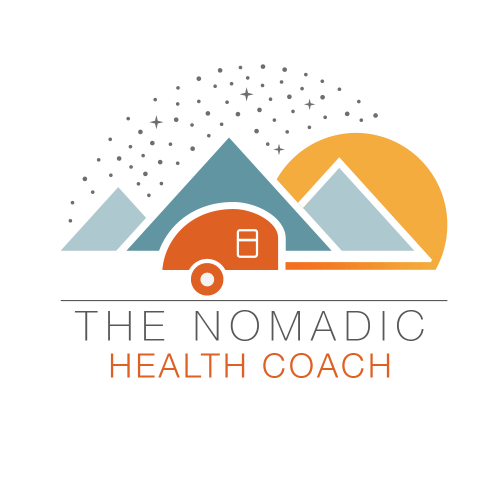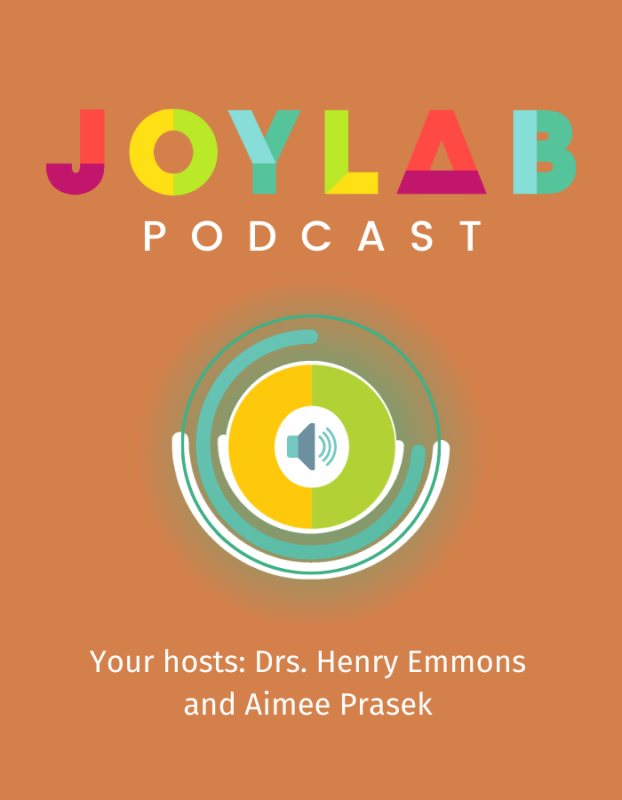SAD - Seasonal Affective Disorder
This article was written by Dr. Tim Culbert, MD, of Natural Mental Health and used with permission. For trusted information and holistic supplements and products to help individuals of all ages optimize their mental health and build resilience in mind, body, and heart, please visit naturalmentalhealth.com
Natural rhythms rule our lives. Consider the change of seasons, the rising and setting of the sun, our daily schedules of work and life activities. Dive within to find the rhythms of our breath, heartbeat, and the balance and pulsing of activities within our immune, gastrointestinal, endocrine and neurological systems all affect us day and night.
The waning exposure to daylight as we shift from fall to winter is no exception. During these months, you may notice a tendency toward sadness, fatigue, or trouble focusing. If you do, you’re certainly not alone. It’s estimated that 10-20% of the population experiences seasonal variations in mood and energy levels.
A little variation in mood or energy levels is normal as our internal 24-hour clock (AKA circadian rhythm) adjusts. However, if these changes become significant enough to interfere with daily activities, then seasonal affective disorder (SAD) may be at play.
In over 60 years of clinical practice, Dr. Emmons and I have witnessed that natural approaches can be very effective for the majority of folks dealing with SAD. More severe versions can be effectively treated in a number of conventional ways, including the use of antidepressant medications and talk therapy.
For the northern hemisphere, natural prevention strategies work best if you begin in late September through October and keep up your routine until April. Haven’t started anything yet? No worries! It’s good to start early for prevention and to build up a foundation, but it’s never too late to benefit from the strategies listed below (but, start now!).
Strategies for SAD Prevention & Care:
Light Therapy. Read this detailed article to learn how to use phototherapy lamps for SAD symptoms.>>>
Physical Activity. We recommend 30 minutes of vigorous aerobic activity 4-5 days a week plus strength training and/or interval work 2-3 times per week.
Regulate Your Sleep Schedule. Go to bed and get up at the same time every day. Yep, even on the weekends. Avoid sleeping in by more than one hour.
Supplementation.
- Activated B-Complex (try Resilient Remedies Activate)
- Adaptogen herbs (try Resilient Remedies Adapt)
- Vitamin D3 (try Resilient Remedies Illuminate)
Engage in Mind-Body Practices. Practices such as yoga, tai chi, and meditation can support mood.
Aromatherapy. Utilize blends that include a blend of orange, bergamot, and vetiver such as our Uplifting Blend or turmeric, rosemary, bergamot and peppermint such as our Energizing Blend.




